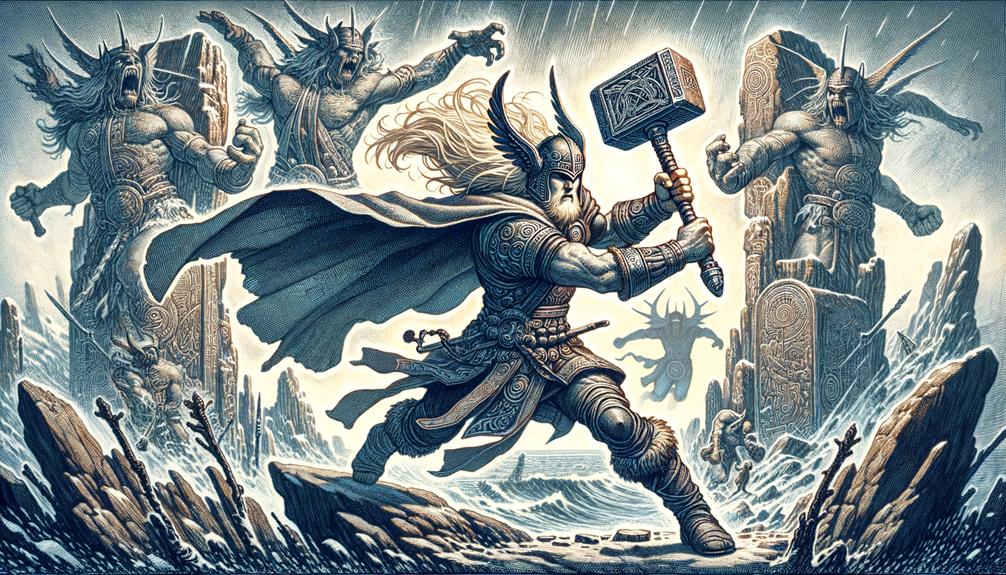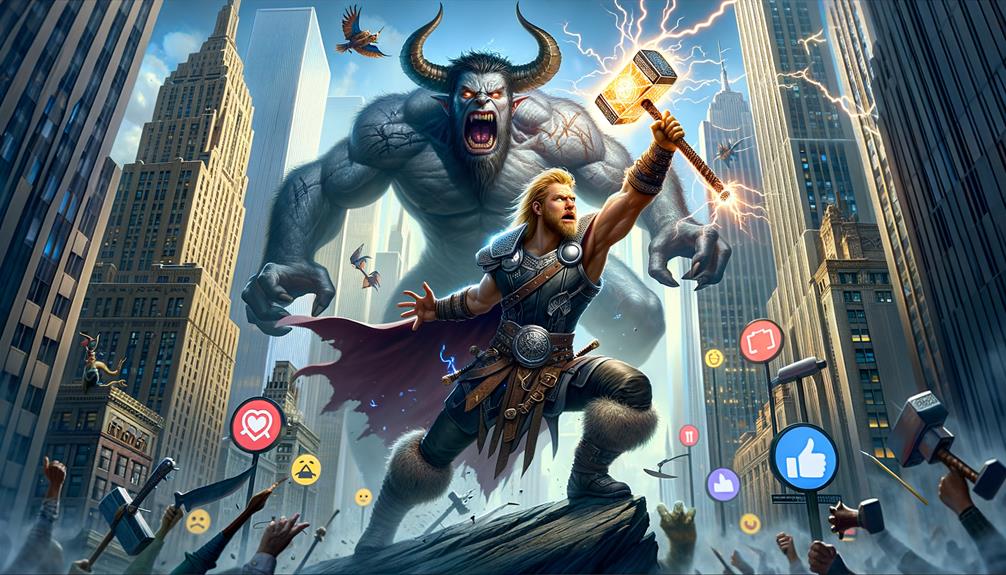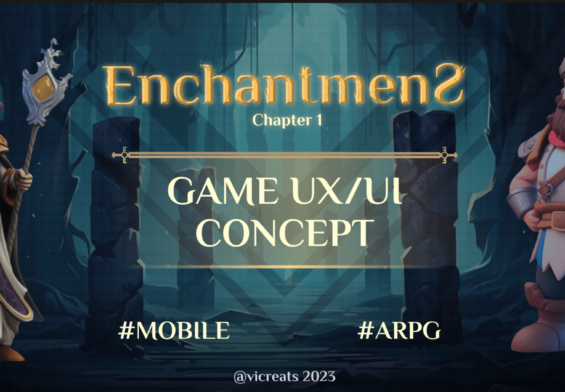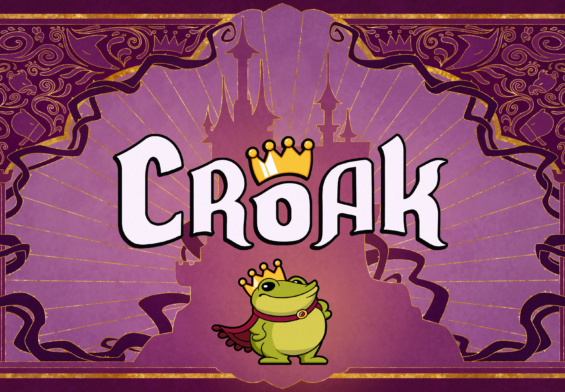By Joseph Campbell
Thor’s tales about fighting giants in Norse mythology are known far and wide. His tussles with enemies like Hrungnir and the Midgard Serpent are key moments, demonstrating his divine strength and signifying the victory of order over chaos. Thor is admired for his bravery and power, serving as a guardian in the severe world of Norse mythology. His iconic Mjolnir hammer and Asgardian armor emphasize his invulnerability, while the symbolic interpretations of his fights go beyond simple power shows. His influence lives on beyond these stories and has made its mark in popular culture. If you look deeper, there’s a lot more to these mythical encounters than meets the eye.
If you’re into mythology, there’s no way you wouldn’t know Thor, right? He’s the big guy in Norse mythology, famous for his strength and courage. He’s not just about his awesome battles, though. Thor is like the superhero of both gods and humans, always there to keep them safe and sound. You’ve probably heard him called the god of thunder, and that’s because he represents power and leadership. He’s got this incredible hammer, Mjölnir, that lets him control the forces of nature.
His reputation for squaring off against giants tells us loads about his strength and courage. It’s like the ultimate highlight reel of a superhero’s journey, showing us just what makes him so heroic. All of Thor’s adventures are written down in these Norse stories, and they really make it clear how important he was in this old mythology. So, you can see that Thor wasn’t just about his muscles. He was also a symbol of safety against the bad guys. His place in the Norse pantheon? Absolutely central. He’s right at the heart of all these myths.
Thor’s Epic Battles With Giants
Let’s chat about Thor’s epic showdowns with the giants. Imagine Thor, the god of thunder, brandishing his mighty hammer Mjölnir and showing off his awe-inspiring strength and bravery against tough opponents such as Hrungnir. These weren’t just adrenaline-fueled fights; they were symbolic representations of Thor’s important duty as the guardian of Asgard and Midgard within Norse mythology.
Hrungnir, a powerful representative of giants, dared to challenge the gods, which led to a duel that highlighted Thor’s resilience and might. These encounters led to legendary accomplishments and had significant impacts, contributing to the richness of Norse lore. Therefore, Thor’s clashes with the giants were not just physical altercations. They were critical stories that highlighted his resolve, bravery, and the constant danger looming over the realms he protects.
Encounter With the Midgard Serpent

In the rich world of Norse mythology, Thor’s epic showdown with the Midgard Serpent, also known as Jörmungandr, truly stands out. This colossal sea beast is Thor’s arch-nemesis, and their expected clash is a key event anticipated in the Ragnarok prophecy. This showdown isn’t just a clash between two powerful beings, but a catastrophic incident that holds serious implications for gods and giants alike.
This fateful encounter is a fundamental part of Thor’s story and serves as a strong testament to his heroism, bravery, and might. Understanding this epic clash is crucial when trying to grasp the full scope of the Ragnarok prophecy and Thor’s essential part in it. It’s not just a story about a clash between a god and a serpent, but a tale of destiny, courage, and the power of prophecy. So, when we talk about Norse mythology, this confrontation is a must-discuss topic.
Thor’s Role in Norse Mythology

If you’re into mythology, there’s no way you wouldn’t know Thor, right? He’s the big guy in Norse mythology, famous for his strength and courage. He’s not just about his awesome battles, though. Thor is like the superhero of both gods and humans, always there to keep them safe and sound. You’ve probably heard him called the god of thunder, and that’s because he represents power and leadership. He’s got this incredible hammer, Mjölnir, that lets him control the forces of nature.
His reputation for squaring off against giants tells us loads about his strength and courage. It’s like the ultimate highlight reel of a superhero’s journey, showing us just what makes him so heroic. All of Thor’s adventures are written down in these Norse stories, and they really make it clear how important he was in this old mythology. So, you can see that Thor wasn’t just about his muscles. He was also a symbol of safety against the bad guys. His place in the Norse pantheon? Absolutely central. He’s right at the heart of all these myths.
Thor’s Armor and Weaponry
Thor’s gear in Norse mythology is as mighty as he is, with each item playing a critical role in his epic battles against giants. His formidable hammer, Mjölnir, and his Asgardian armor aren’t just physically strong; their unique properties contribute to Thor’s invincibility. But let’s not just talk about how strong they are. What makes them truly special is the extra abilities they grant the god.
Mjolnir: Thor’s Mighty Hammer
Let’s chat about Thor’s powerful hammer, Mjolnir. This isn’t just any hammer, it’s a masterpiece of dwarven craftsmanship, filled with power and acting as a symbol of Thor’s godlike strength. Made by the talented dwarves Sindri and Brokkr, it’s so weighty that only Thor can lift it. That alone speaks volumes about Thor’s godly status in Norse myths. On Mjolnir, there’s an inscription that ties directly to Thor’s worthiness and divine right. It says, ‘If you can hold this hammer and are worthy, you will have the power of Thor.’
Mjolnir has played a vital role in Thor’s legendary fights against giants and monsters, serving as a symbol of protection and justice. It’s not just a weapon – it can control storms, create lightning, and even sanctify rituals. No wonder it’s considered a legendary weapon in Norse mythology.
The Power of Asgardian Armor
Let’s chat about Thor’s Asgardian armor and weapons, which are nothing short of incredible. These heavenly creations, filled with enchantment, take his already impressive power and defense to new heights when he’s in the midst of a fight. His famous getup includes Mjolnir, the magical belt Megingjord, and a pair of iron gloves, each of them bringing their own unique skills to the table.
| Armor/Weaponry | Attributes |
|---|---|
| Mjolnir | Calls upon lightning, comes back when thrown |
| Megingjord | Boosts Thor’s strength by two-fold |
| Iron Gloves | Enhance grip and control on Mjolnir |
Mjolnir is a big deal among the Norse gods, standing as a symbol of Thor’s power and leadership. Megingjord takes his strength up a notch, and the iron gloves offer a firm grip, ensuring his strikes are accurate. The combination of Thor’s armor and weapons with his natural strength makes him a force to be reckoned with.
Enhancements in Thor’s Arsenal
Thor comes to battle equipped with an impressive set of weapons, each adding to his formidable fighting skills. His arsenal includes the iconic hammer Mjölnir, the iron gauntlets Járngreipr, the strength-doubling belt Megingjörð, and his famously indestructible armor.
Let’s delve a bit into each of these items. Mjölnir, the hammer, is more than just a tool for smashing. It’s a symbol of Thor’s control over the elements, capable of calling forth thunder and lightning. The iron gauntlets, Járngreipr, are not your usual pair of gloves. They boost Thor’s gripping power and strength in the heat of battle. The belt, Megingjörð, is a force multiplier, doubling Thor’s already impressive strength and making him a formidable opponent.
Then there’s his armor, rumored to be impossible to breach, offering Thor protection in his legendary battles. Thor also enjoys a little help from his goats, Tanngrisnir and Tanngnjóstr, who pull his chariot and assist him in his fights against giants and monsters. Each item in Thor’s toolbox, you see, plays a crucial role in ramping up his battle abilities.
Interpretations of Thor’s Battles

When we delve into Thor’s battles, it’s important not to overlook the rich symbolism deeply embedded in Norse mythology. Take, for instance, his face-off with Hrungnir. It’s not just a show of strength, it’s a creative way of showcasing the concept of cause and effect. Similarly, Groa’s unsuccessful interference helps to highlight the adverse results of messing with destiny, an idea that’s often brought to the fore in Norse stories.
Mythical Battle Interpretations
Venturing into the core of Norse mythology, we stumble upon the electrifying battle between Thor and the giant Hrungnir. This fight wasn’t just a display of Thor’s immense strength and fearlessness – it also symbolized the origin of flint on Earth.
- Thor’s fight with Hrungnir was a thrilling display of his might and skill. It cemented his position as the gods’ guardian.
- Hrungnir, equipped with a sharpening stone, was no match for Thor and his hammer, Mjölnir.
- Even though Thor emerged victorious, he ended up with a piece of stone embedded in his forehead. This served as a symbol of his steadfast courage.
- The battle highlighted Thor’s unyielding resolve when confronting powerful adversaries.
- Hrungnir succumbing to Thor’s strength and bravery speaks volumes about Thor’s unwavering valor and power.
Symbolism in Thor’s Battles
When you really think about Thor’s epic battles, they’re more than just awesome fights. They’re a deep dive into the never-ending battle between order and chaos that’s a big part of Norse mythology. Take his fights with huge giants like Hrungnir, for example. Sure, they show off Thor’s god-like power, but they also show us what Thor’s all about – being the protector. His wins are like a big thumbs-up for order beating chaos, a reminder that he’s the guy keeping Asgard and Midgard safe.
The tough spots Thor finds himself in are a reminder that keeping the universe balanced isn’t a walk in the park. It takes constant vigilance. His courage and dedication show us what being a true protector is all about. It’s like his battles are a metaphor for the constant fight to keep things in order, even when chaos keeps trying to mess things up.
Thor’s Legacy in Popular Culture
Thor’s influence in the world of pop culture is pretty hard to miss, whether you’re looking at cinema or the designs of modern trinkets. This god’s impact has been felt since the days of the Vikings and his legacy is still going strong today. Here’s how:
- Thor’s adventures in the Marvel Cinematic Universe, where he goes toe-to-toe with giants and creatures of all sorts, have managed to enthrall viewers across the world.
- The fact that ‘Thursday’ in many languages pays a pretty direct tribute to Thor.
- The popularity of Thor’s hammer, Mjölnir, in jewelry and tattoo designs as a sign of strength and safeguarding.
- Modern adaptations inspired by Wagner’s work that skilfully merge old Norse elements with contemporary twists.
- A host of creative depictions of his daring deeds that highlight his courage and guardian-like nature.
These examples show that Thor’s hammer is still making a big impact in today’s pop culture.




